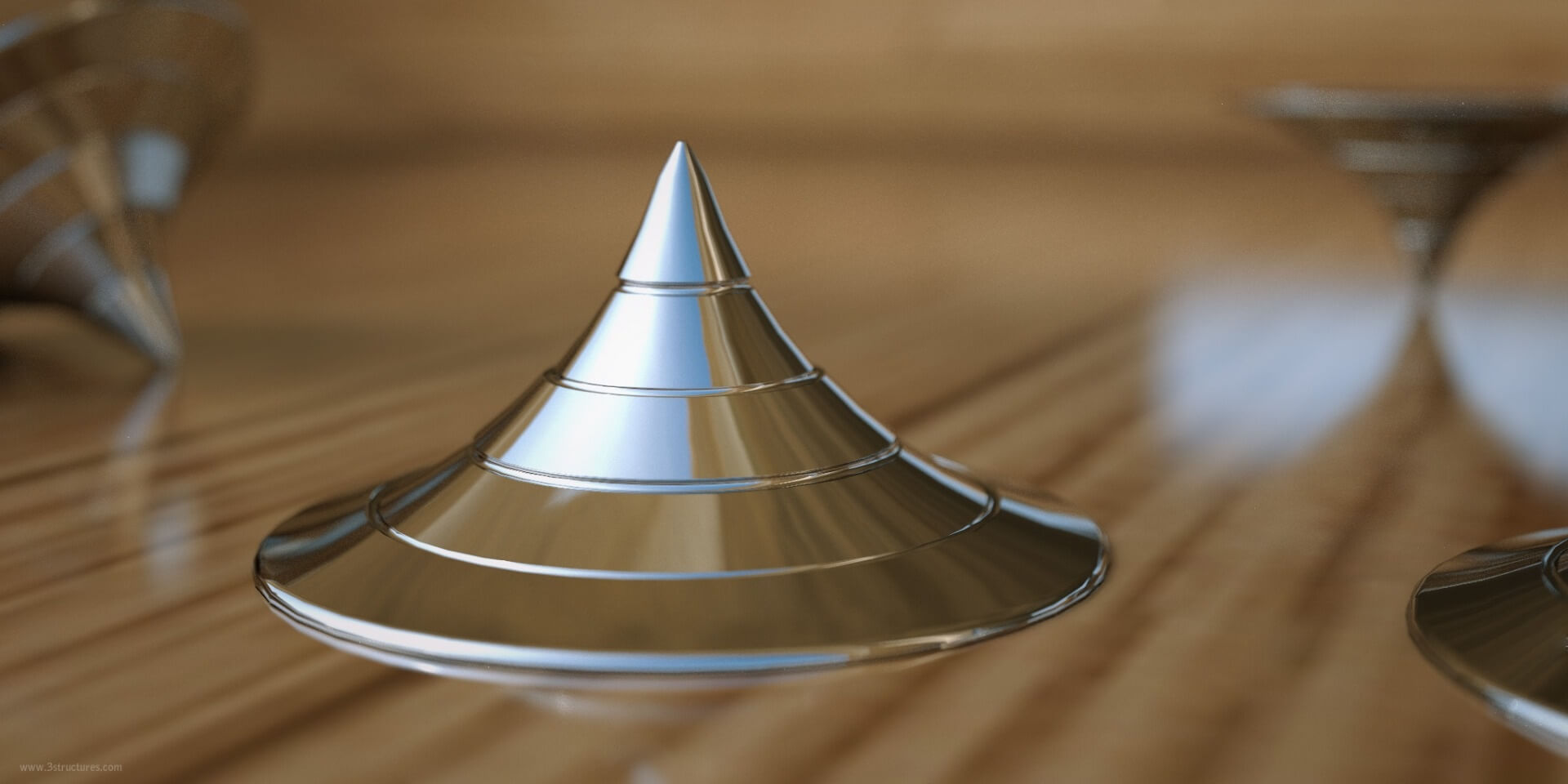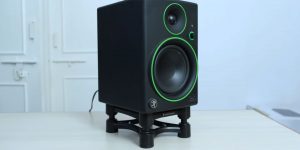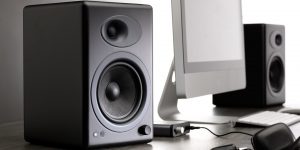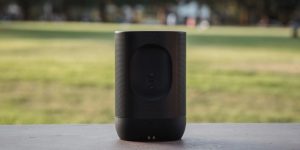Let’s begin by saying that speaker spikes are small metal devices placed under the speakers’ legs. They can improve the sound of your speakers. Although there is no scientific evidence to support that speaker spikes improve sound quality, many audiophiles believe they do. This is because it provides a more stable platform and better coupling to the surface. As a result, it causes tighter bass and less coloration of the sound.
Ultimately, whether speaker spikes improve sound quality is up to the individual listener. However, if you’re looking to get the most out of your speaker system, it’s worth trying out a set of speaker spikes.
What are the benefits of using speaker spikes?
Speaker spikes are designed to improve the sound quality of your audio system by creating a more stable connection between the speaker and the surface it is placed on. The added stability reduces vibrations that can cause sound distortions. In addition, speaker spikes can also improve the bass response of your system by increasing the coupling between the speaker and the floor. Overall, speaker spikes can significantly improve the sound quality of your audio system.
Additionally, they can also be used to angle the speaker in a particular direction, which can help optimize the sound for a specific listening environment. Besides, they can help to protect your floors from scratches or other damage caused by speaker movement. Lastly, they can provide a more aesthetically pleasing look to your speaker setup.
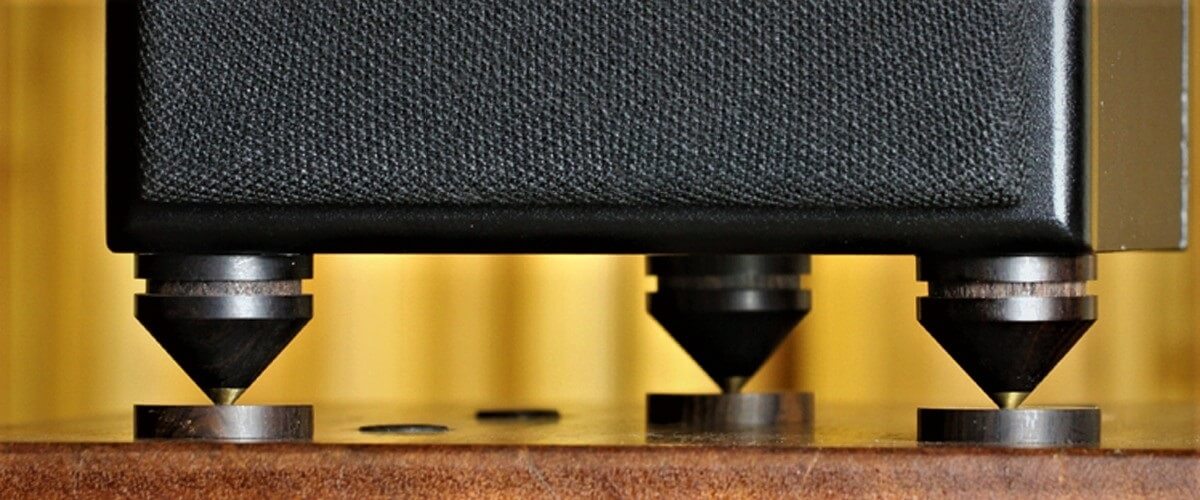
What type of speaker spikes provides better stability?
There are different types of speaker spikes available on the market, but not all provide the same level of stability. The three main types of spikes are metal, plastic, and rubber. Metal spikes are the most popular type because they offer the best sound quality. Plastic spikes are less expensive and are suitable for use on carpeted surfaces. Rubber spikes are the least expensive type and suitable for hard surfaces.
If you use your speakers on a hard surface, such as a concrete floor, it is best to use metal or plastic spikes. When using your speakers on a soft surface, such as carpet, it is best to use rubber spikes.
Is it challenging to install speaker spikes?
Many people find them relatively easy to install. It is mainly because installing speaker spikes is a simple process requiring only a few tools and materials.
The hardest part about using speaker spikes is finding the right size and type of spike for your particular speaker system. If they are too small, they can damage the speaker. If they are too large, they may not fit properly and cause the speaker to topple over.
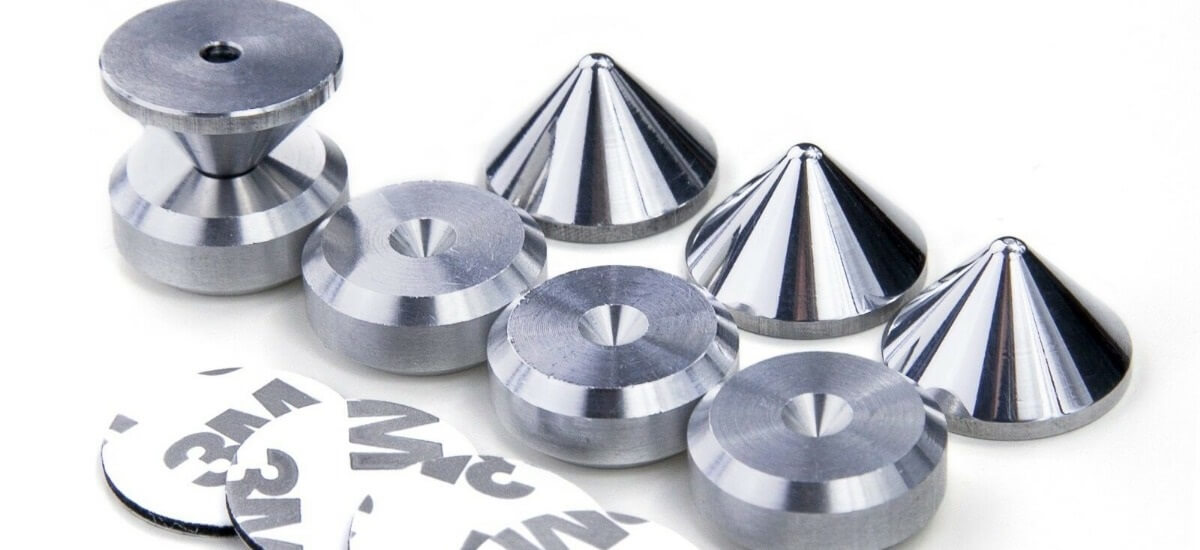
Once you’ve determined the right size, the next step is to attach the spikes to the bottom of your speaker. It can be done with screws, nails, or even double-sided tape. Just make sure the spikes are firmly attached and will not come loose.
How to choose the size of speaker spikes correctly?
To get speaker spikes in the correct size, start by measuring the width of the holes in your speaker stands. Then, compare this measurement to the sizes of spikes available for purchase. Most spikes are available in sizes ranging from 6mm to 12mm.
When choosing speaker spikes, you need also to take into account the weight of the speakers. Heavier ones will require larger and heavier duty speaker spikes for stability.

